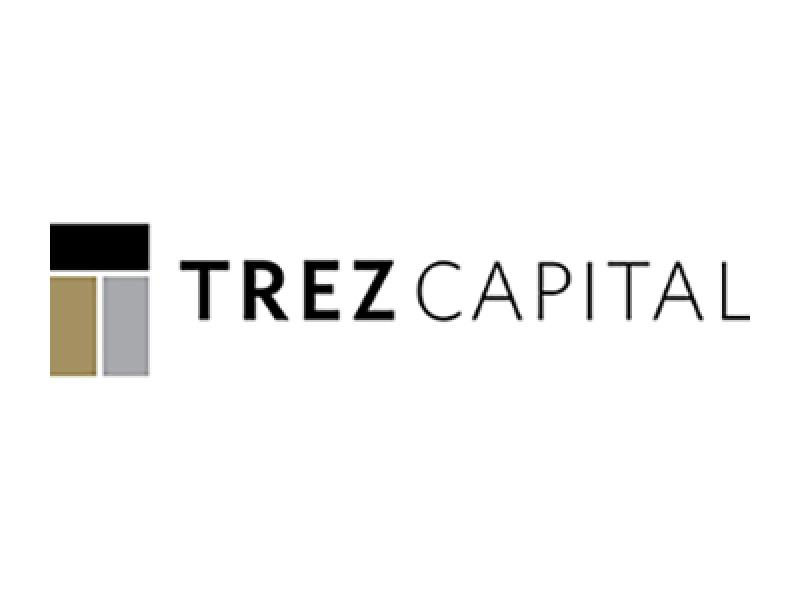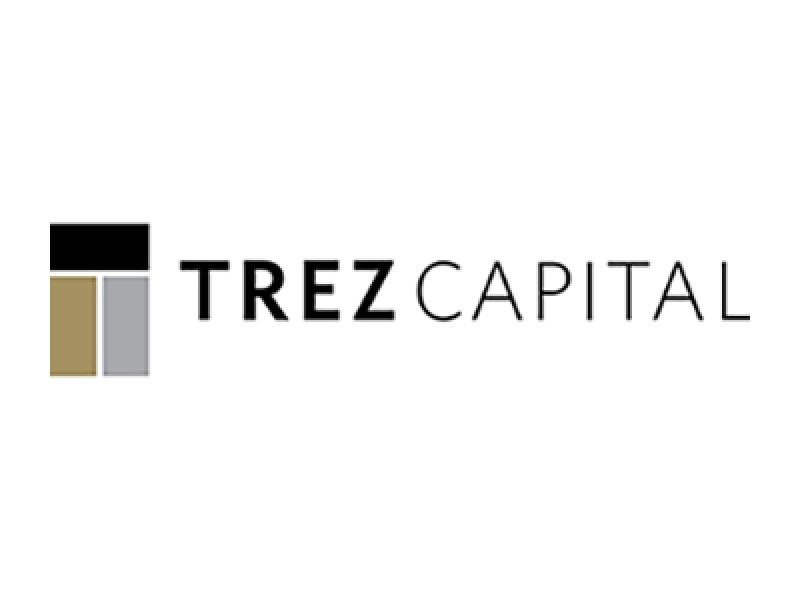
A garden-style multifamily equity investment partnership project in San Marcos, Texas (Image courtesy Trez Capital).
North America has experienced a boom in the real estate market across many asset classes over the course of the pandemic. In the last two years, it has been challenged with but resilient to obstacles – like supply chain issues, inflation, and rising interest rates – and because of this, Trez Capital’s outlook on the market remains bullish. We have boots-on-the-ground in both Canada and across the United States, allowing us to understand where opportunities for developers, borrowers and investors lie in 2022.
The question of affordability in Canada and money flow in 2022
Breaking into the real estate market has presented challenges for many Canadians. Although this is the reality, mainly due to the chronic undersupply of homes, we believe several factors will fuel demand for housing in the near term and for several years to come. The housing market demonstrated the continuation of strong demand with rising prices, with provinces like British Columbia reporting that annual price appreciation exceeded 25 per cent in 2021, the highest on record according to the Canadian Real Estate Association (CREA). Royal LePage’s latest House Price Survey also reported that with demand outpacing supply across real estate markets, prices will continue to be pushed higher.
Along with the increase in prices, there has been an influx of cash in the Canadian economy due to increased short-term income and credit support programs from the government. Some have been able to save and reduce spending because of pandemic-related lockdowns and restriction measures. In Canada alone, household net worth increased by more than $600 billion CAD in the first six months of the pandemic. There are more opportunities for Canadians than ever before – as of last November, there were 880,000 job openings that exceeded pre-pandemic levels, and in the following month, unemployment fell to 5.9 per cent amid rising wages.
On top of this, the generational wealth transfer is just beginning. According to RBC Wealth Management, it is expected that there will be over $150 billion CAD in inheritances by 2026 with older generations down-sizing and handing down wealth sooner rather than later to help their children break into the housing market.
Declining affordability has yet to quell demand, while the inventory of homes available for sale matched an all-time low.
The pace of the supply chain and labour markets in the U.S.
The ‘great migration’ that began pre-pandemic continues to drive population to the Sunbelt states such as Texas, Florida and the Carolinas where the cost of living and tax burden is below the national average. Despite strong migration, labour markets remain under-supplied often presenting challenges to finding adequate labour to keep pace with demand.
Major metro markets like Austin are flooded with jobs created by industry-leading employers investing in the market. It was reported that tech giant Samsung requested a billion-dollar tax incentive from Texas officials to make Austin the future home of the company’s $17 billion USD chip factory, and plans on bringing at least 1,800 permanent jobs over the first 10 years. Tesla, one of the fastest-growing brands of 2021, has also announced plans to build a $1.1 billion USD manufacturing facility in Central Texas where it could eventually hire up to 10,000 workers.
Despite the heavy commitments by corporations, pandemic-driven issues such as supply chain breakdowns are creating a slower trajectory when it comes to spending in the market. We are seeing a delay in the ability to build high-demand residential and commercial properties due to the lack of supply of materials. Developers cannot seem to build fast enough in high-demand areas like the Sunbelt in the U.S. – in markets such as Phoenix, Arizona the value of properties has increased by about 40 per cent due to the pressure of demand, outpacing the 20 per cent increase in building costs. This dynamic continues to support developers taking on new projects.
What does this mean for investors?
One of the main concerns for investors and borrowers this year is that money will become more expensive. However, despite increased interest rates, the rate of southern migration in the U.S. and immigration in Canada, and the ability to keep up with these trends will position investors to stay ahead in the markets we serve. Trez Capital is dedicated to identifying where these trends are and moves quickly to seize opportunities. We continue to see strong demand for our capital, and due to our floating rate loans, we anticipate that we will continue to create strong yield for our investors.
Business foundation
As the industry has grown over the last several years at unprecedented rates, our team has also grown. Trez Capital has become one of the strongest providers of capital in North American real estate. Thanks to our dedicated, driven team, we have built a 25-year track record of success that borrowers and investors alike rely on.
Trez Capital has surpassed $4 billion CAD in assets under management and has funded over 1,600 transactions totalling more than $14.5 billion CAD since inception. Approximately half of the loans since 2009 have been to repeat borrowers and Trez Capital’s first borrower and first investor still do business with us today.











